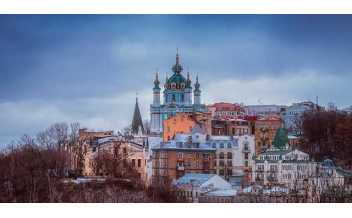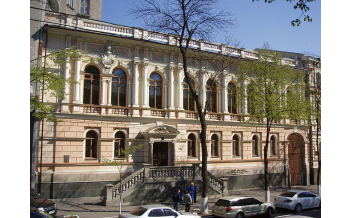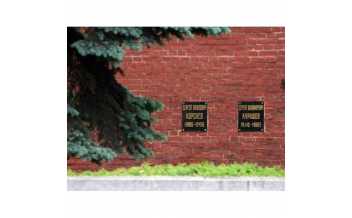Explore More
Activities
-
Ancient and Primeval Beech Forests of the...
This transboundary property stretches over 12 countries. Since the end of the...
-
Andriivs'kyi descent, Kiev
One of the city’s oldest and most beloved streets is often described as the...
-
-
-
-
Kyiv Pechersk Lavra, Kiev
The monastery was originally founded in 1051 when monk Anthony, in his search...
-
Motherland Monument, Kiev
Built between 1979 and 1981, the monument, which honours the heroes of the...
-
Museum of Western and Oriental Art, Kiev
The museum keeps one of the best collections of foreign art in Ukraine:...
-
Sergei Pavlovich Korolyov Museum of...
This extensive space museum opened in 1957 as a tribute to the Soviet rocket...
-
St. Andrew's Church, Kiev
This lavish 18th-century Baroque church overlooks the Podil neighborhood from...
-
St. Sophia's Cathedral, Kiev
The cathedral is a splendid example of the architectural and monumental art...
-
St. Volodymyr's Cathedral, Kiev
Built in the late 19th-century to commemorate 900 years of Orthodox...
-
Struve Geodetic Arc, Estonia
The Struve Arc is a chain of survey triangulations stretching from Hammerfest...
-
The Ukrainian State Museum of the Second...
The Socialist Realism architectural style makes an interesting contrast to...
-
Ukrainian National Chernobyl Museum, Kiev
The museum is an educational yet deeply moving insight into the Chernobyl...
-
Wooden Tserkvas of the Carpathian Region...
Situated in the eastern fringe of Central Europe, the transnational property...






















